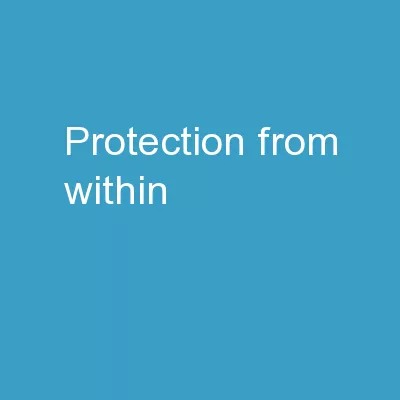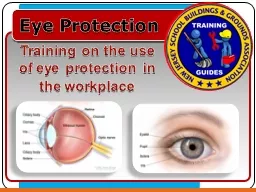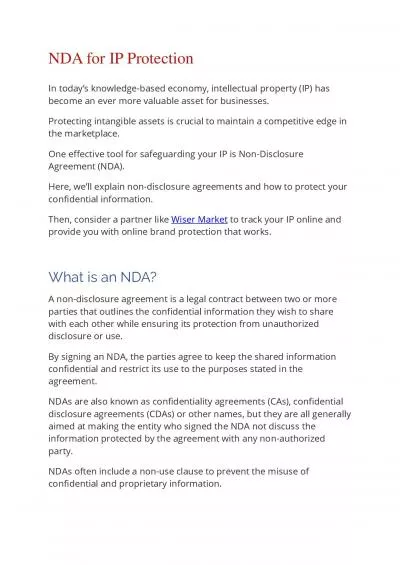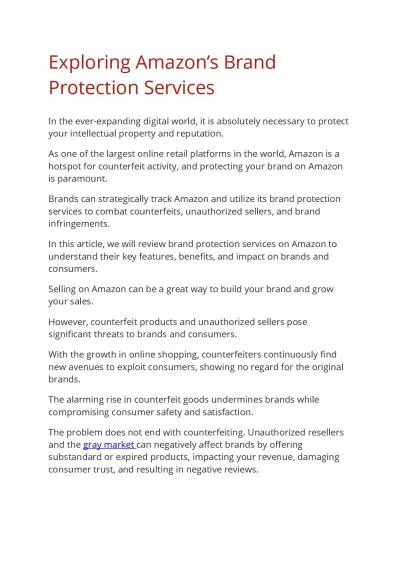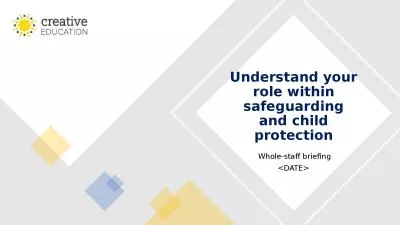PPT-Protection From Within
Author : stefany-barnette | Published Date : 2019-03-14
Addressing the insider threat Dan Lohrmann Chief Strategist amp CSO Security Mentor Inc September 4 2014 Key Questions Where does your biggest threat of
Presentation Embed Code
Download Presentation
Download Presentation The PPT/PDF document "Protection From Within" is the property of its rightful owner. Permission is granted to download and print the materials on this website for personal, non-commercial use only, and to display it on your personal computer provided you do not modify the materials and that you retain all copyright notices contained in the materials. By downloading content from our website, you accept the terms of this agreement.
Protection From Within: Transcript
Download Rules Of Document
"Protection From Within"The content belongs to its owner. You may download and print it for personal use, without modification, and keep all copyright notices. By downloading, you agree to these terms.
Related Documents

